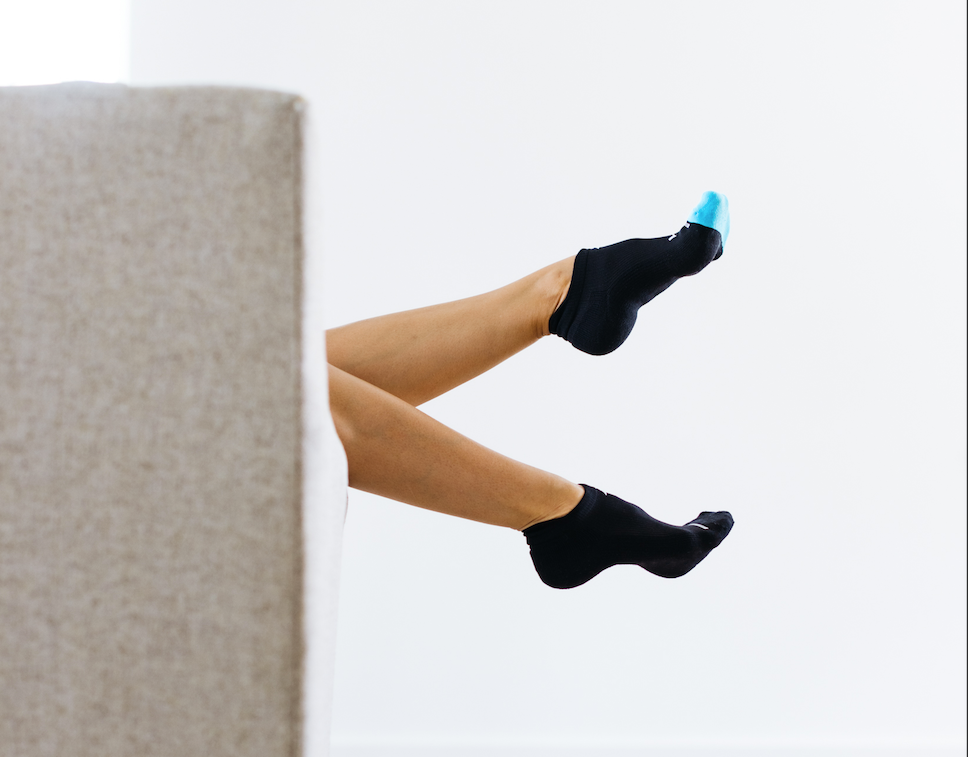5 Fun Foot Facts Every Foot Nerd Should Know

The human foot is a masterpiece of engineering and a work of art. - Leonardo da Vinci
This statement couldn’t be more accurate when it comes to the human foot. Did you know that it takes 4 years of specialized medical school to become a podiatrist? Follow that with another 3 years of residency training. That in itself should show how complex this area of the body is!
We want to share with you a few fun and fascinating foot facts to test your knowledge. How many of these did you know?
Foot Fact #1 – Cute baby, flat feet.
Did you know that all babies are born with the foot primarily made of cartilage and with some of their future bones not even present yet? These cute little flat feet will continue to grow and strengthen with age, with the mature foot arch developing around the age of 7.
Foot Fact #2 – The navicular bone is our arch height.
Although much of our foot is cartilage at birth, each bone begins to ossify with its only ossification center. The first bone to begin to ossify is the calcaneus at 6 months of life in utero. This ossification of our foot bones will continue through the age of 5.
The last bone of the foot to fully ossify is the navicular bone, and it doesn’t begin ossifying until 4 years old! What’s so special about the navicular bone? It is the bone where our dynamic arch stabilizer, the posterior tibialis, attaches and how we determine arch height.
Foot Fact #3 – The vestigial plantaris muscle.
What is an important plantarflexor in a primate is merely a vestigial muscle to the human. The plantaris muscle lies in the back of the leg with our calf muscles and inserts into the calcaneus next to the Achilles tendon.
An average 10% of the population does not have this muscle, and those that do only have the tendon sheath or tendon fibers. Cadaver studies are now demonstrating that the role of the plantaris muscle is actually sensory not motor.
Foot Fact #4 - Vibration is the sensory driver of walking.
The skin on the bottom of the feet are packed with special nerves, nerves that read the ground beneath us. These special nerves are called mechanoceptors and are sensitive to stimuli such as texture (hello Naboso!), skin stretch and vibration.
Of all the mechanoceptors in the feet, 70% of them are sensitive to vibration! Where do we experience vibration? When we walk. With ever step we take our foot striking the ground to create ground reaction forces is perceived as vibration
Foot Fact #5 – Peak window of neuroplasticity in a child is age 4.
When we are born our brain is actively processing the world around us, trying to connect and relate to ourselves and to others. From a motor perspective, our nervous system is going through the necessarily steps to learn how to crawl, stand and finally walk. This neurodevelopment period is supported by neuroplasticity or the ability for the brain to grow.
This active, neuroplastic period coincides with when we learn to walk and parallels the mature children gait which is achieved around the age of 4.
***
So how many of the foot facts did you know?
Ready to learn even more? Check out the book Barefoot Strong by our found Dr Emily.